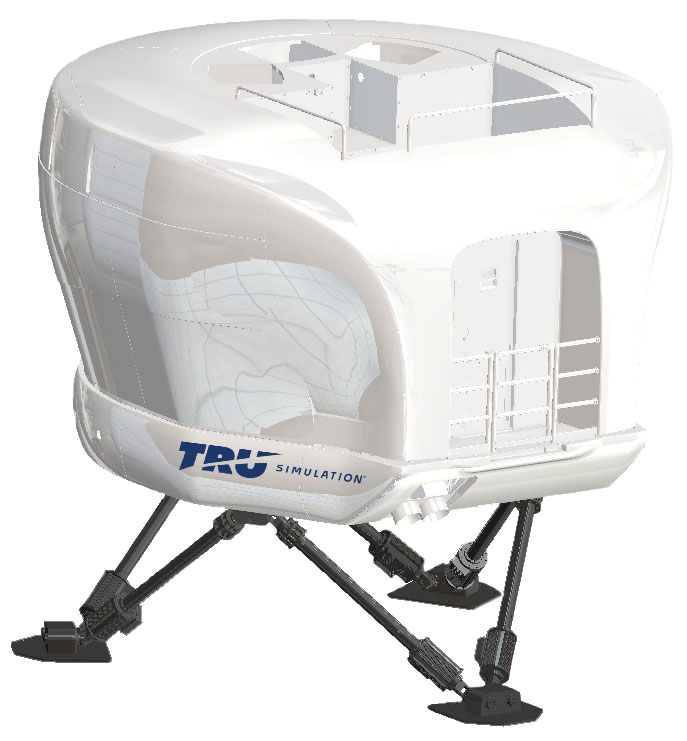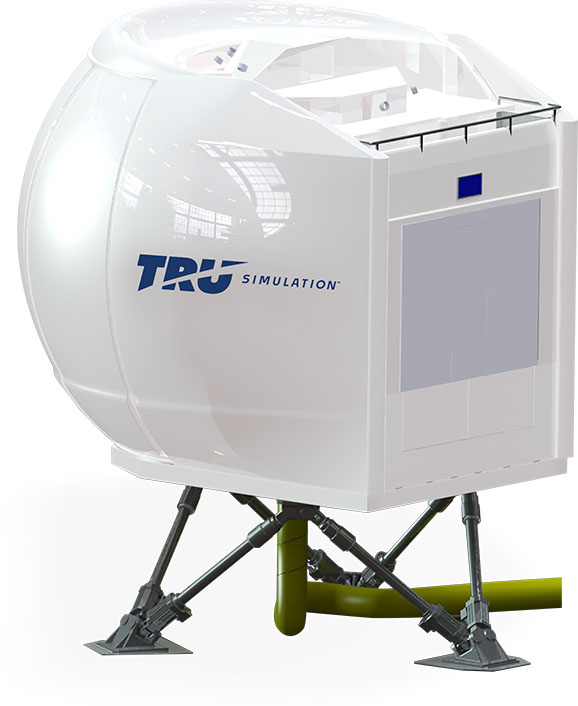Odyssey
Full Flight Simulator
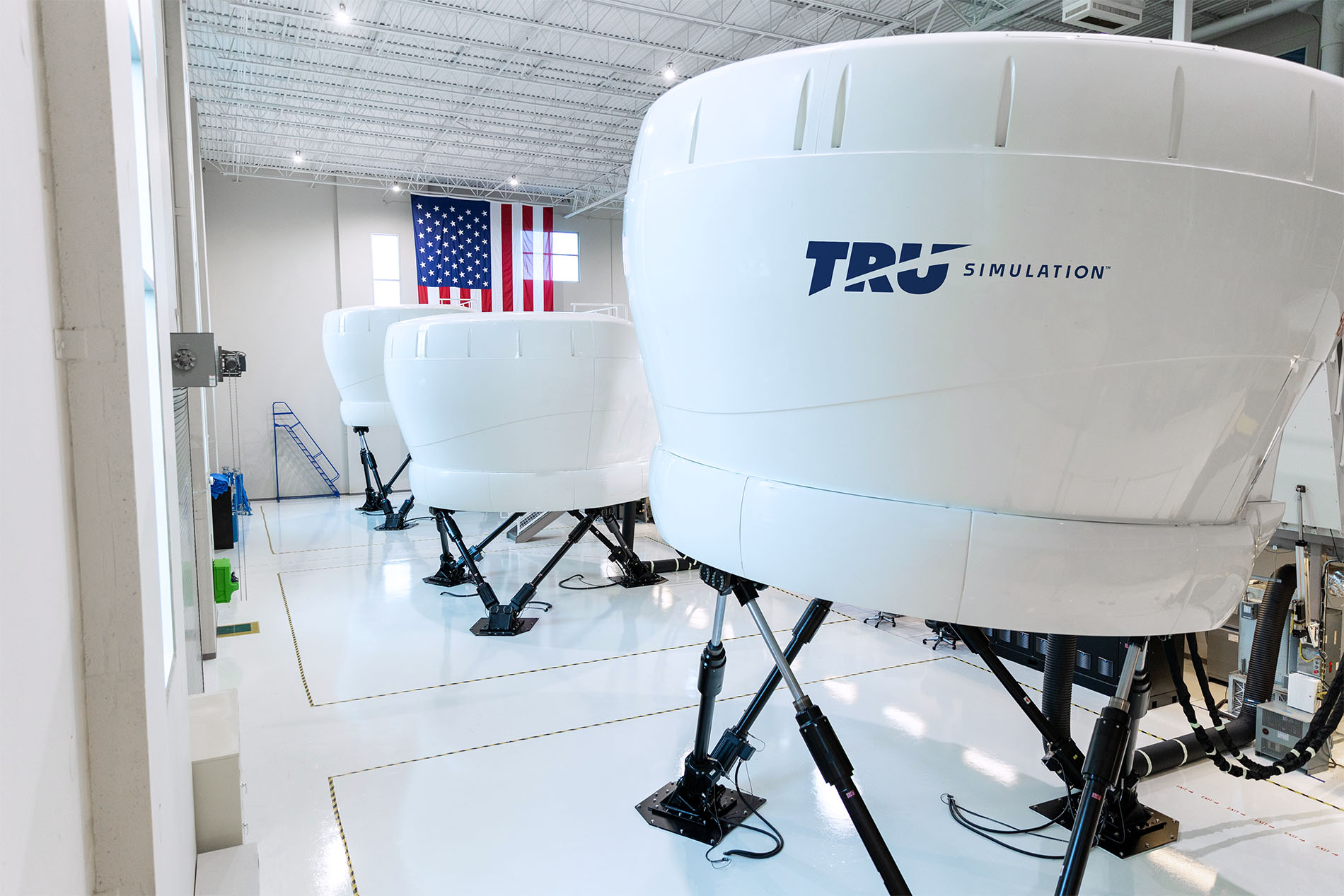
CHANGING HOW YOU THINK ABOUT SIMULATION
When you work with TRU Simulation™, you’ll get a team who listens to your needs for today and tomorrow. Together we’ll consider your training requirements and financial realities to help you select from our full lineup of devices—supporting ab-initio to type rating pilot training. Keep exploring to learn how TRU Simulation™ excels in fixed-wing and rotorcraft simulation and how we can bring that reality to you.
Discover the highest-quality, most immersive training experience available. TRU Simulation™ Full Flight Simulators (FFS) are built from the ground up to deliver the full flight experience at the highest fidelity and realism. Full Flight Simulators are equipped to handle your complete training needs.
Get StartedSimulator Qualifications
TRU Simulation™ Full Flight Simulators are qualified to Level-D with regulatory authorities around the world, including but not limited to: FAA | EASA | CAAC | CASA | TC | ANAC | DGCA | GACA | JCAB
JET
- Cessna Citation M2
- Cessna Citation CJ3/CJ3+
- Cessna Citation CJ4
- Cessna Citation XLS+/Ascend
- Cessna Citation Latitude
- Cessna Citation Longitude
- Embraer Phenom 100EV
TURBOPROP
- Beechcraft Denali
- Cessna Caravan
- Beechcraft King Air C90
- Beechcraft King Air 250/260
- Beechcraft King Air 350/360
- Cessna SkyCourier
- DHC-6 TWIN OTTER
- Bombardier CL415
PISTON
- Cessna Skyhawk 172
- Beechcraft Baron G58
- Cirrus SR22
HELICOPTERS
- Bell 412
- Bell 429
- Bell 505
- Bell 525
- Leonardo AW139
- Leonardo AW169
- Airbus H125
- Airbus H145
SIMULATOR COMPONENTS
The required components of a Level-D FFS are largely defined by aviation regulators. While these regulations vary from country to country, most are aligned with the FAA (14 CFR Part 60) or EASA (CS-FSTD) which are similar in their requirements. Odyssey simulators meet or exceed all regulatory requirements, but instead of a one-size-fits-all approach like many other simulator manufacturers, TRU Simulation™ prides itself on customizing the training device to meet the customer’s specific needs.
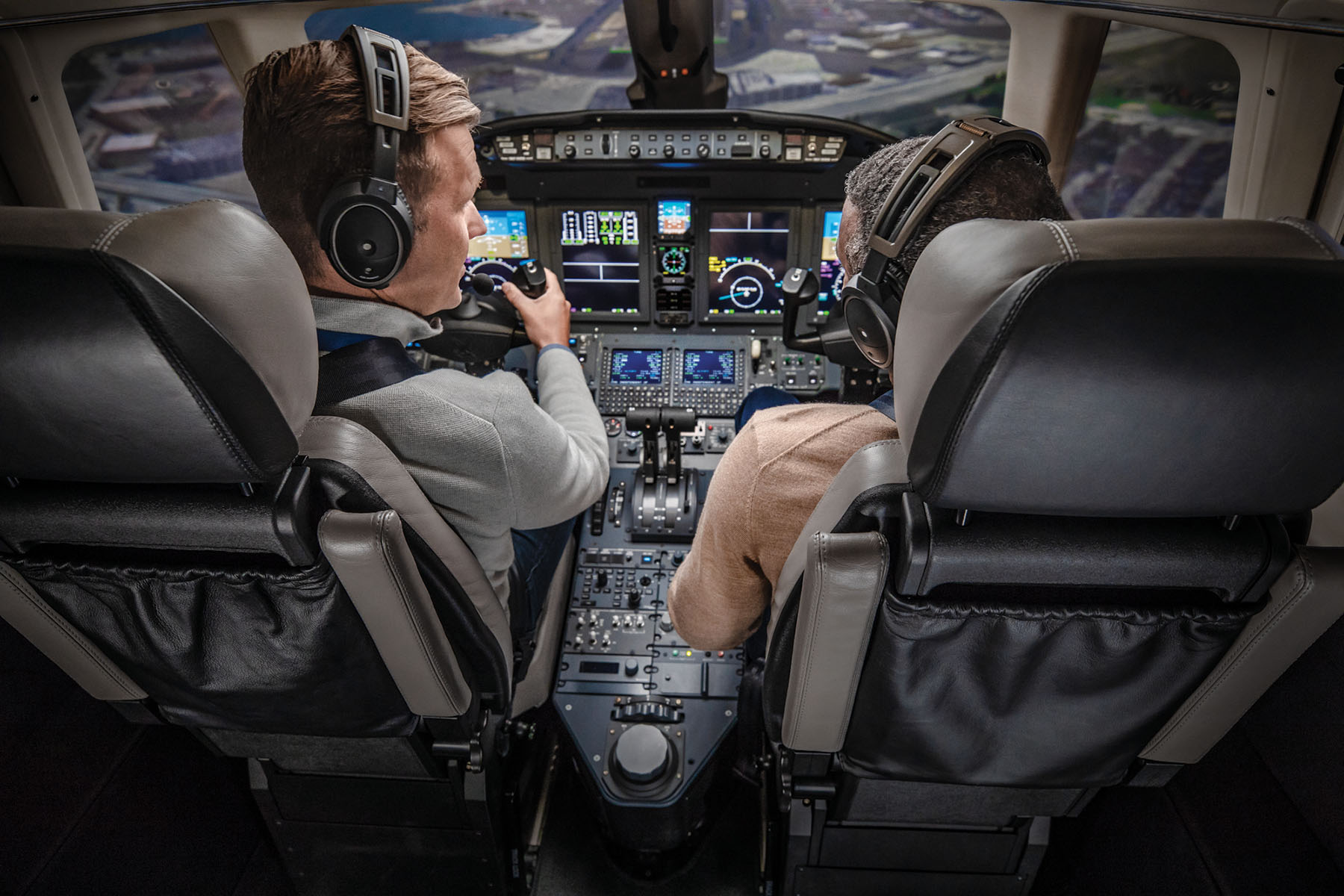
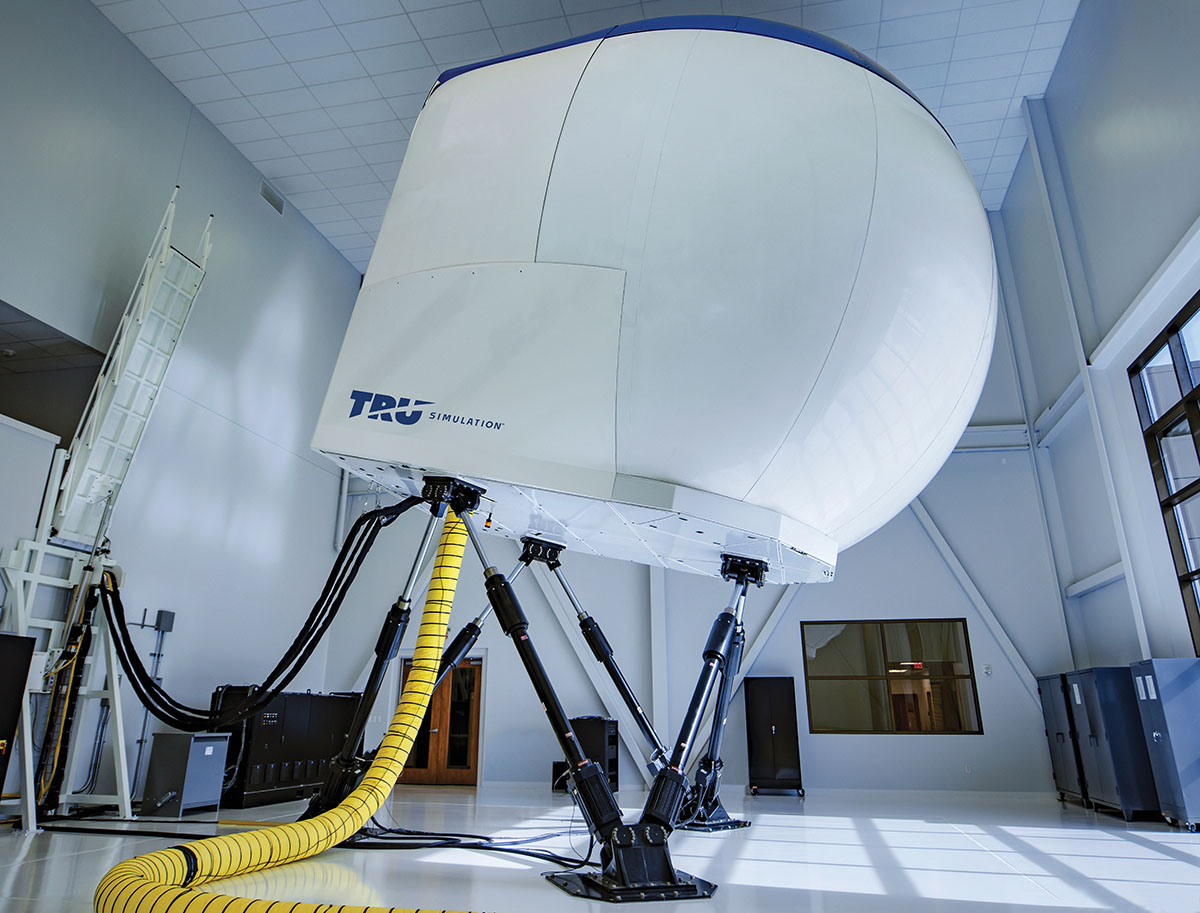
MOTION
The TRU Simulation™ motion system accurately replicates the simulated environment’s motion characteristics utilizing a Six Degrees of Freedom (6DOF) electric motion system. This state-of-the-art system combines easy to replace Commercial Off The Shelf (COTS) computer hardware with TRU Simulation’s proprietary REALcue™ motion cueing software creating a realistic flight experience. Our Odyssey Horizon™ rotorcraft devices also include a secondary 6DOF electric motion system for helicopter vibrations, buffets and additional enhanced cueing.
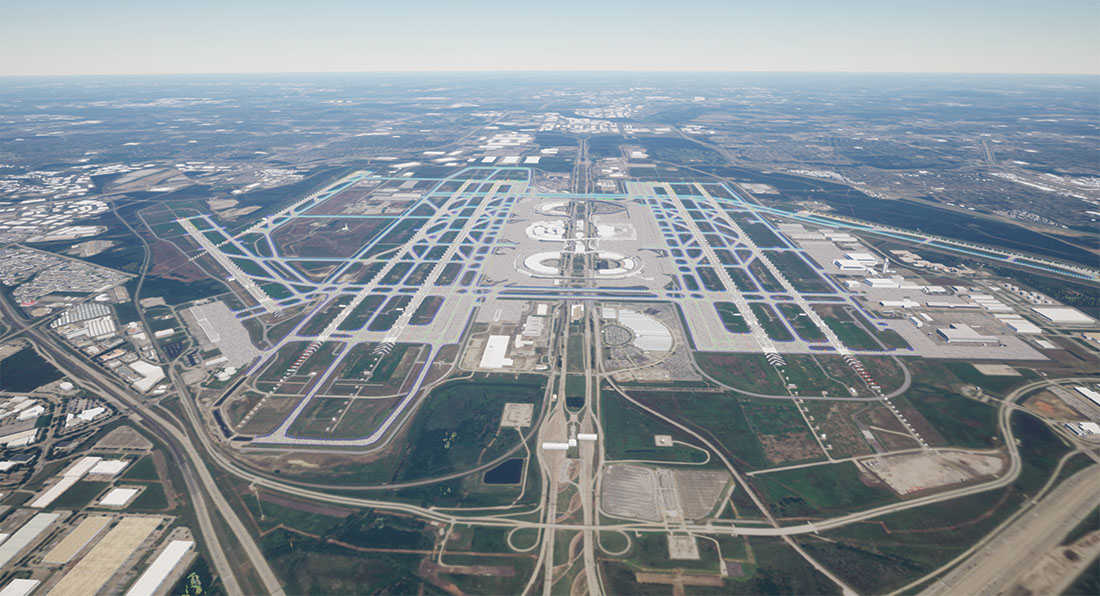
VISUAL
The visual system consists of a COTS PC-based Image Generator (IG) utilizing several high definition 4K-resolution projectors. This presents a bright and clear visual scene with an IG capable of displaying many different scenes and special effects including:
- High definition airport models.
- Full atmospheric and environmental effects such as clouds, fog and storms.
- Various lighting conditions including day, dawn, dusk and night.
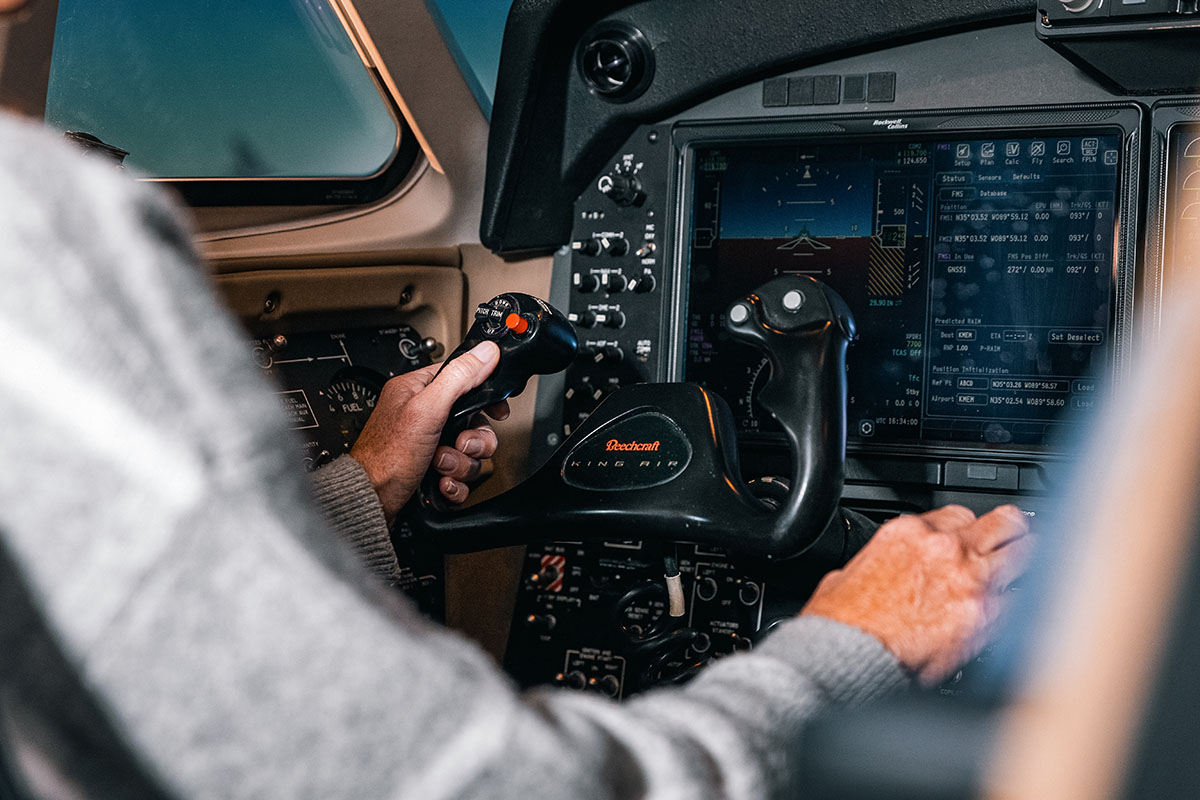
FLIGHT CONTROLS
TRU Simulation™ has a long history of producing the most advanced Control Loading System (CLS) in the industry. Our latest generation digital electric CLS provides a high-fidelity, realistic force-feel simulation exceeding all simulator regulatory requirements. The compact yet powerful system design is easy to maintain and utilizes COTS hardware.
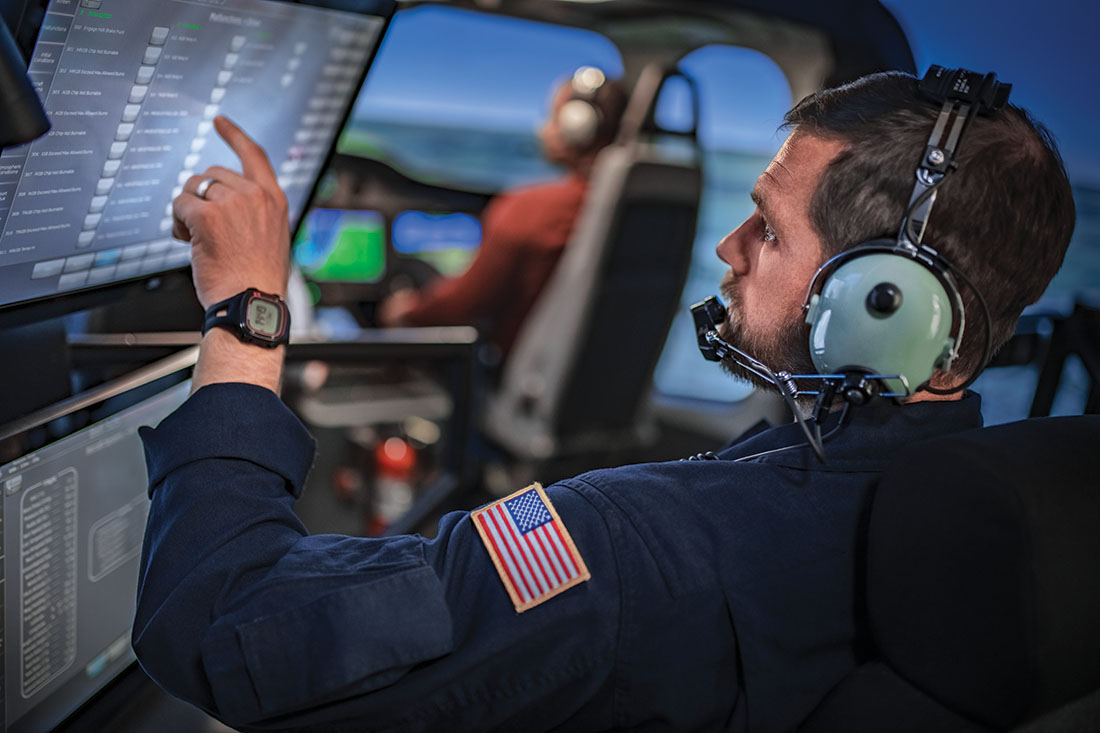
INSTRUCTOR OPERATING STATION (IOS)
The TRU Simulation™ IOS combines powerful components and features with an intuitive user interface to enhance the instructor’s ability to effectively manage the simulator. Two touchscreen displays are used to control and navigate the IOS. The IOS also supports maintenance functions such as Qualification Test Guide (QTG) testing, operational readiness tests and troubleshooting. A wireless tablet, known as the Remote Instructor Control Unit (RICU), allows the instructor to control the IOS from anywhere in the simulator.
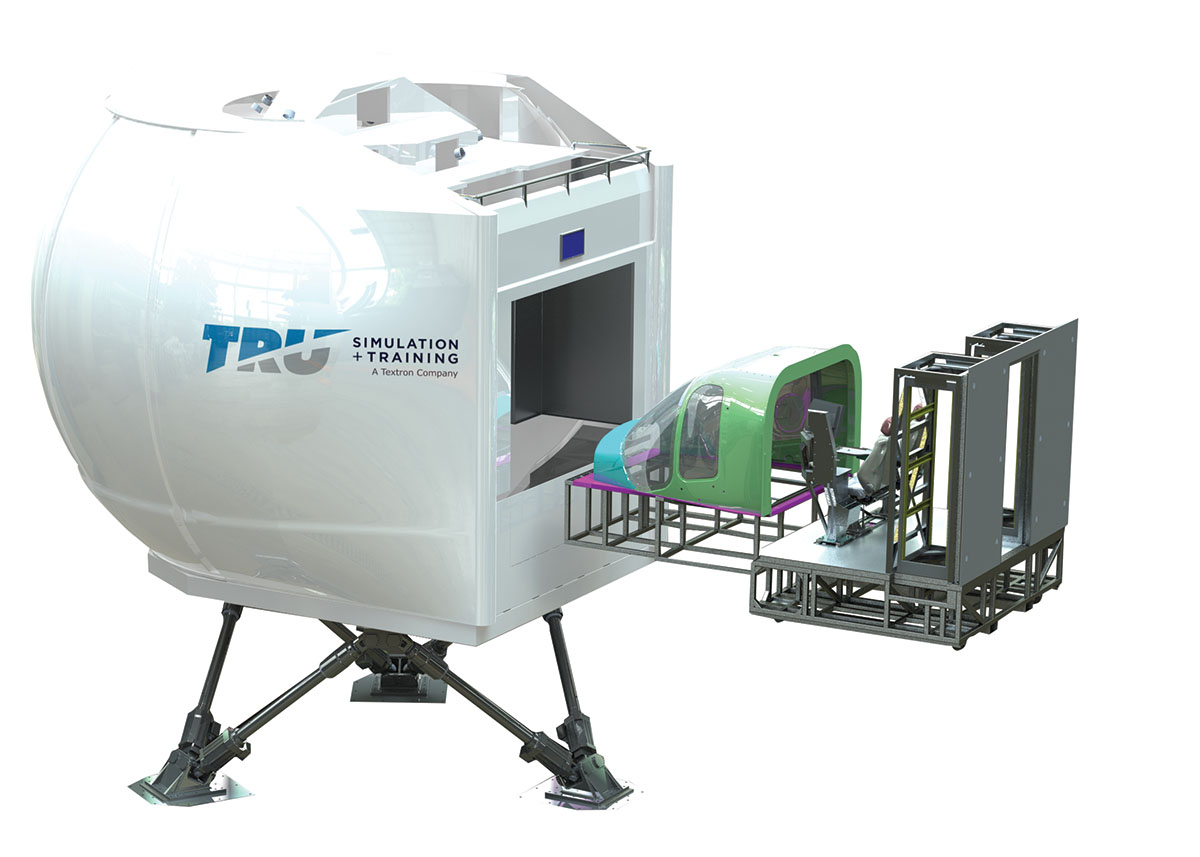
CONVERTIBLE COCKPIT DESIGN
The TRU Simulation™ roll-on roll-off technology allows for multiple, interchangeable helicopter platforms to be used within only one Full Flight Simulator. The cockpit swaps are not limited to one OEM but can swap between completely different helicopter manufacturers. This design allows the customer to maximize utilization of the simulator. The cockpit that’s not in use in the FFS can be docked to a station to use as an FTD for ultimate flexibility.
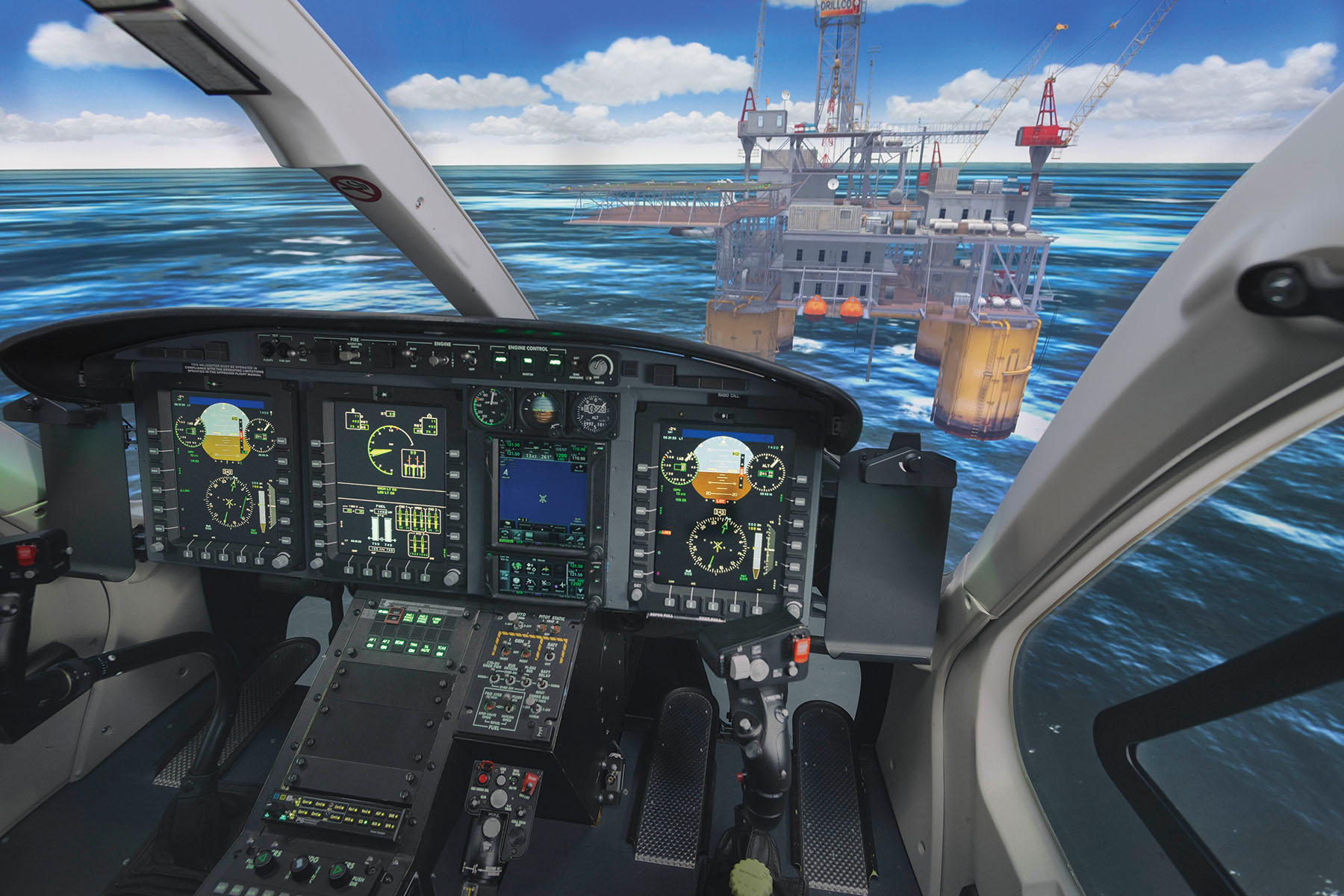
SIMULATOR OPTIONS
In addition to the core components found in the Odyssey Aura™ and Odyssey Horizon™ simulators, you can choose from a variety of options to enhance device capabilities based on unique requirements.

CUSTOM VISUAL SCENES
Unique visual scenes and custom airfields can be added to any TRU Simulation™ simulator to create personalized and exciting training scenarios. While the possibilities are nearly limitless, examples include:
- Off-airport landing on non-maintained surfaces, sloped terrain or confined area
- Smoke and fire scenes
- Oil and gas (Offshore)
- Cargo/Long line vertical reference
- Search and rescue operations
- Emergency Medical Services (EMS)
- Night Vision Goggles (NVG)
- Military and defense scenarios
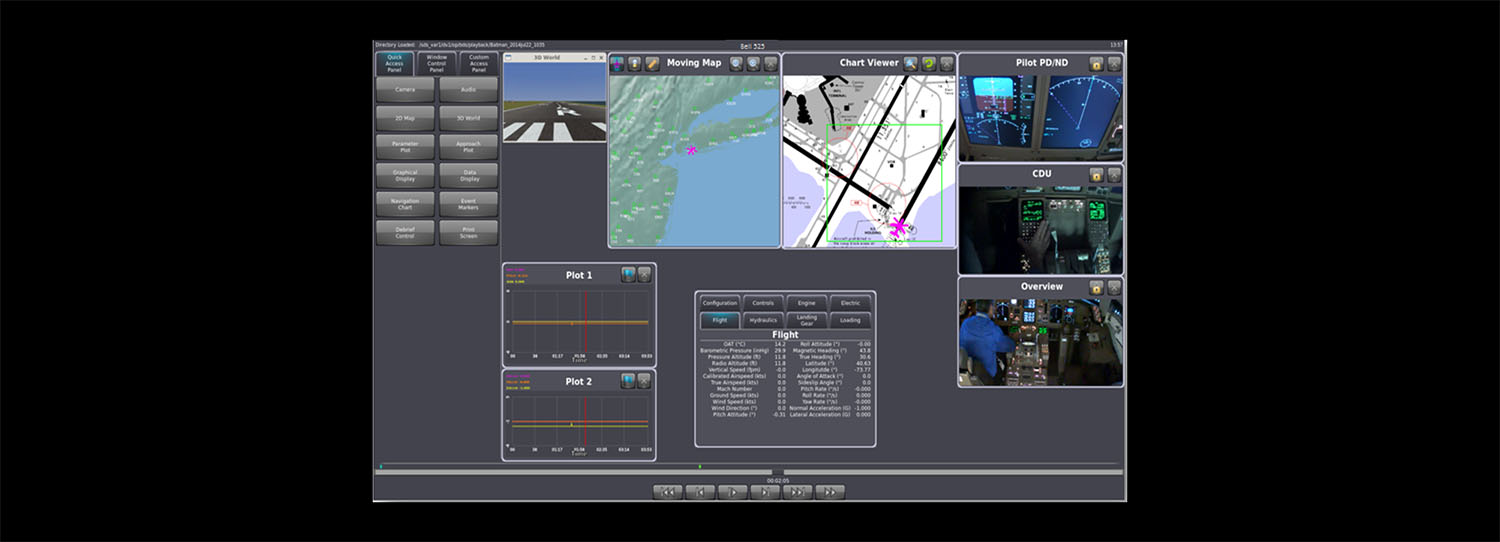
DEBRIEF SYSTEM (DBS)
The DBS makes simulator training session debriefing more effective. The system can capture and combine information from the avionics as well as audio and video of the actual session using mounted camera(s). When the training session is complete, the IOS-controlled system transfers video, audio, moving map, navigational charts, instrument displays and more to the debrief station outside of the simulator for playback.
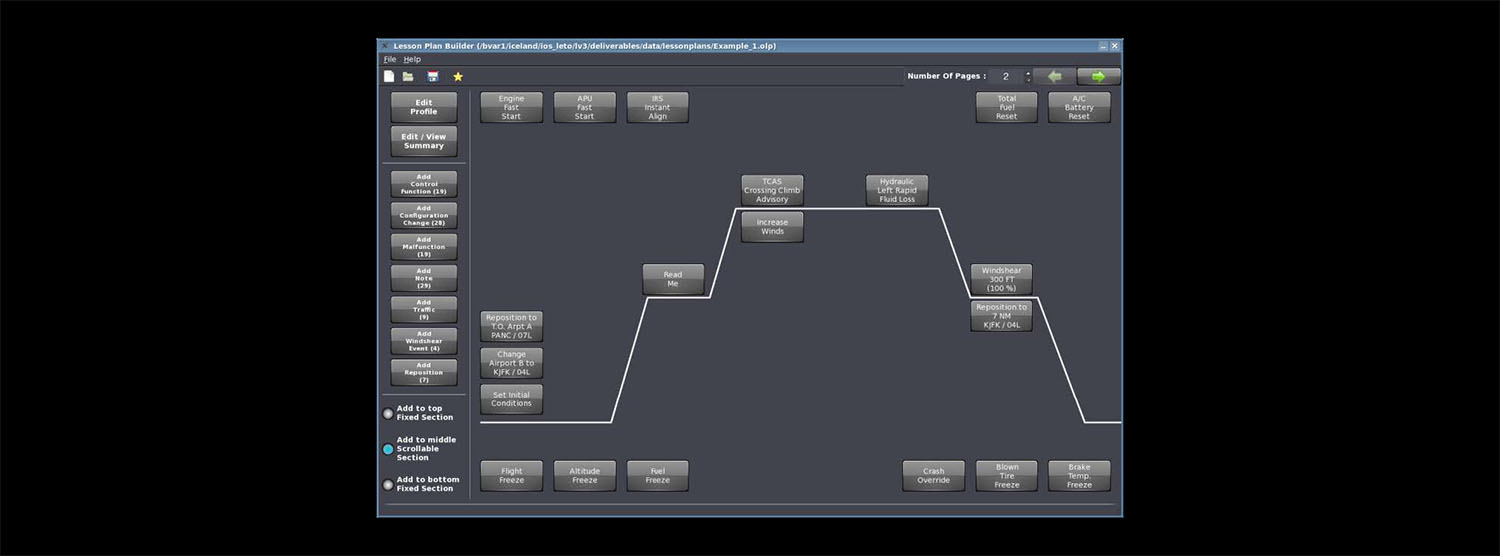
LESSON PLAN SYSTEM (LPS)
Managing everything that goes into a training session can be a challenge for instructors. The LPS makes training more efficient by providing a predetermined sequence of events for the instructor to follow. Using the lesson plan builder, instructors can create lesson plans for each training session that are accessed from the IOS making training session management easier than ever.
SIMULATOR DETAILS
The price range for the Odyssey Aura™ and Odyssey Horizon™ simulators varies based on the complexity and configuration. While simulator components such as the addition of a motion system or enhanced visual system make up much of the cost variations, the type of avionics and certification level of the device can also affect price. Other factors that drive pricing include optional avionics, software and/or hardware.
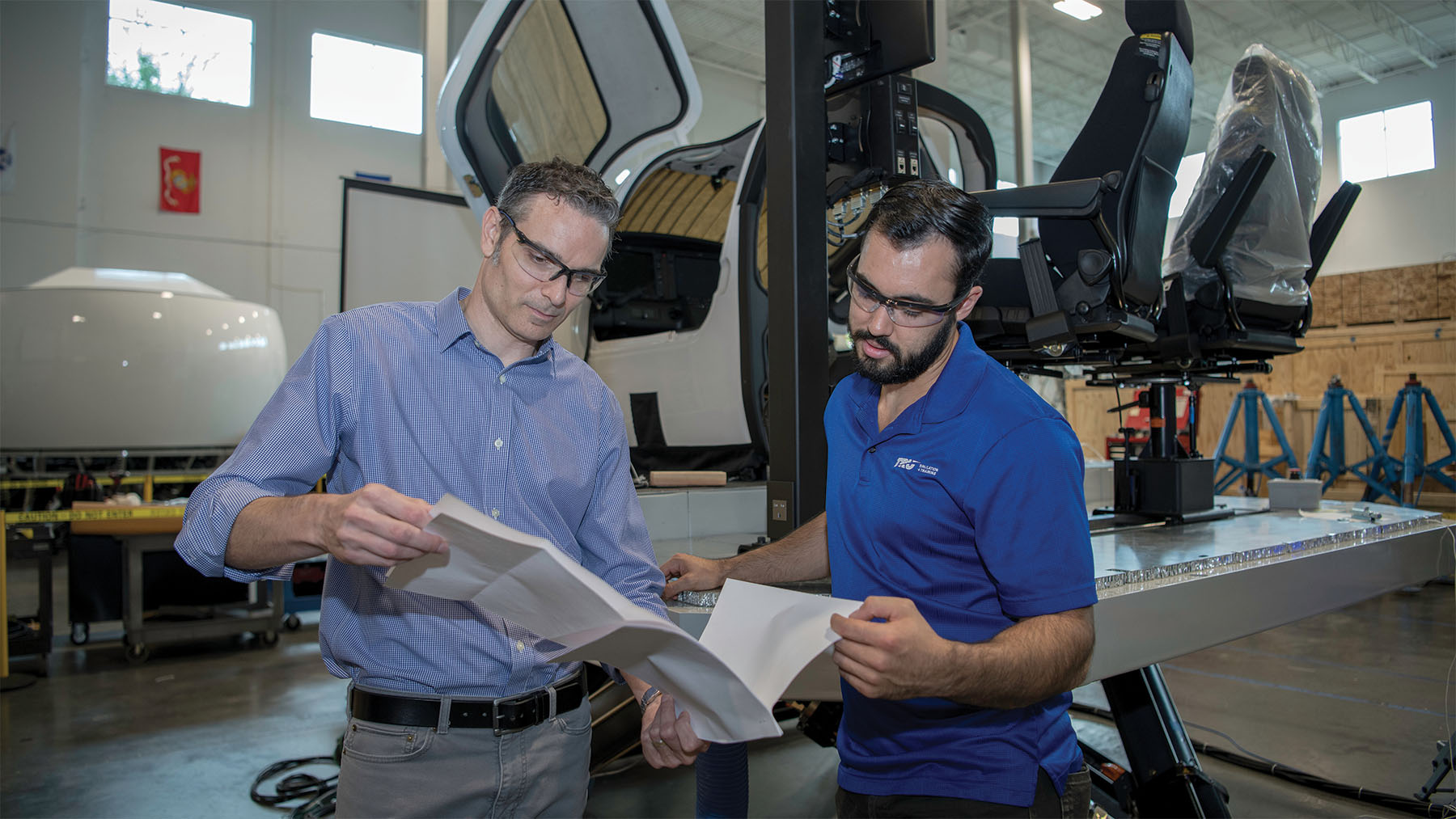
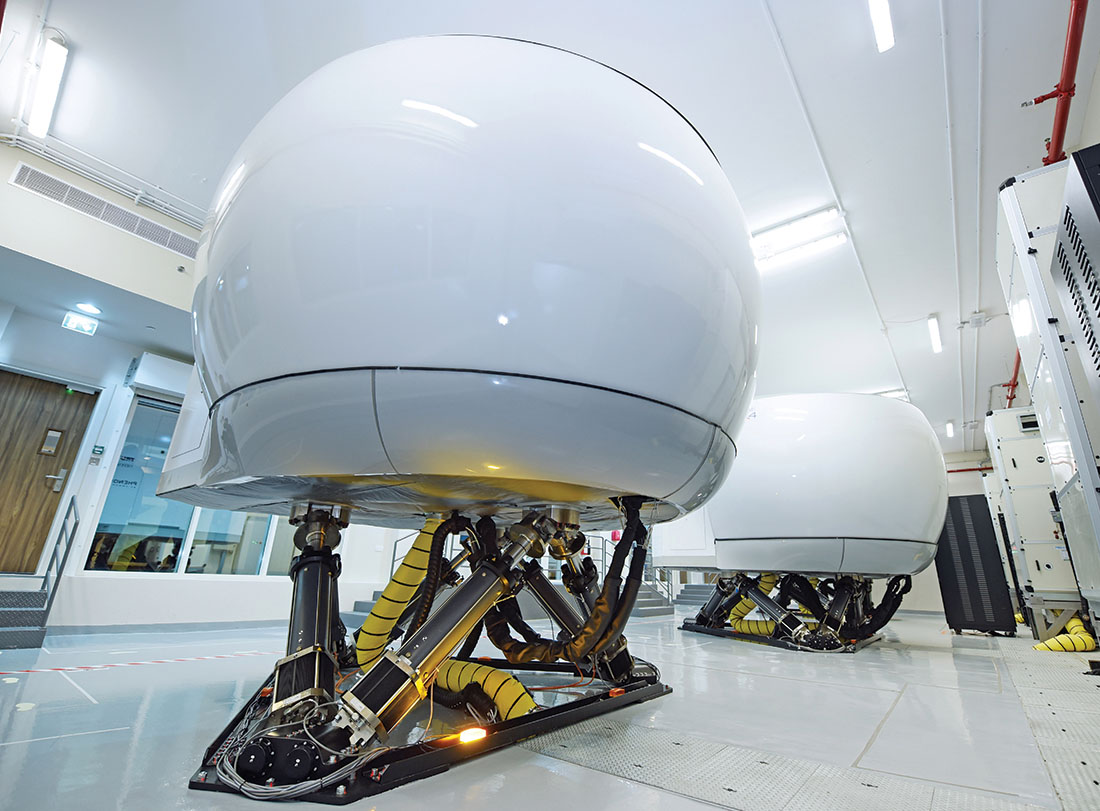
SIMULATOR ROOM
The simulator room requires a minimum horizontal clear area of 41ft (12.5m) x 41ft (12.5m) and a clear height of 29.5ft (9.0m). In addition, a minimum opening width of 20ft (6.1m) x height of 20ft (6.1m) is required to fit the device into the simulator room. If the computer equipment will be stored in a separate room, the minimum horizontal clear area is 14ft (4.3m) x 25ft (7.6m) and a clear height of 8ft (2.5m).
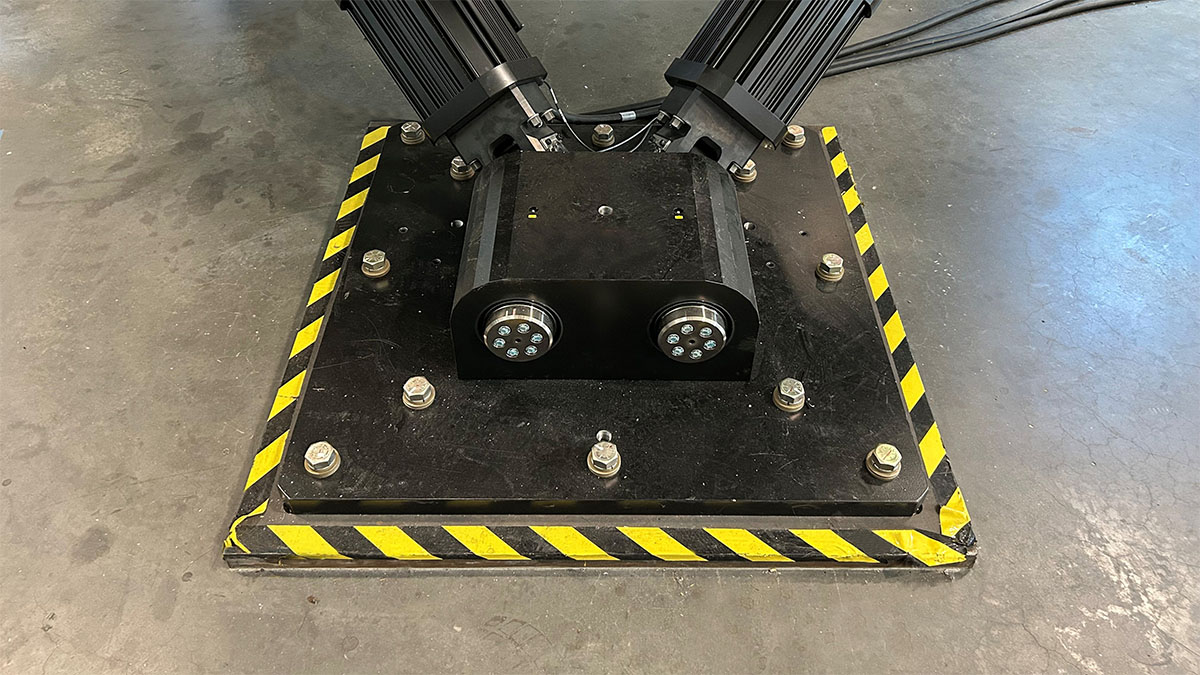
SIMULATOR PAD
Due to the high motion system forces of the simulator, reinforced concrete pads are recommended for the three base pads. The anchoring bolts supplied with the motion system require a minimum pad depth of 12.38in (31.45cm) and concrete floor strength of 2,000psi.
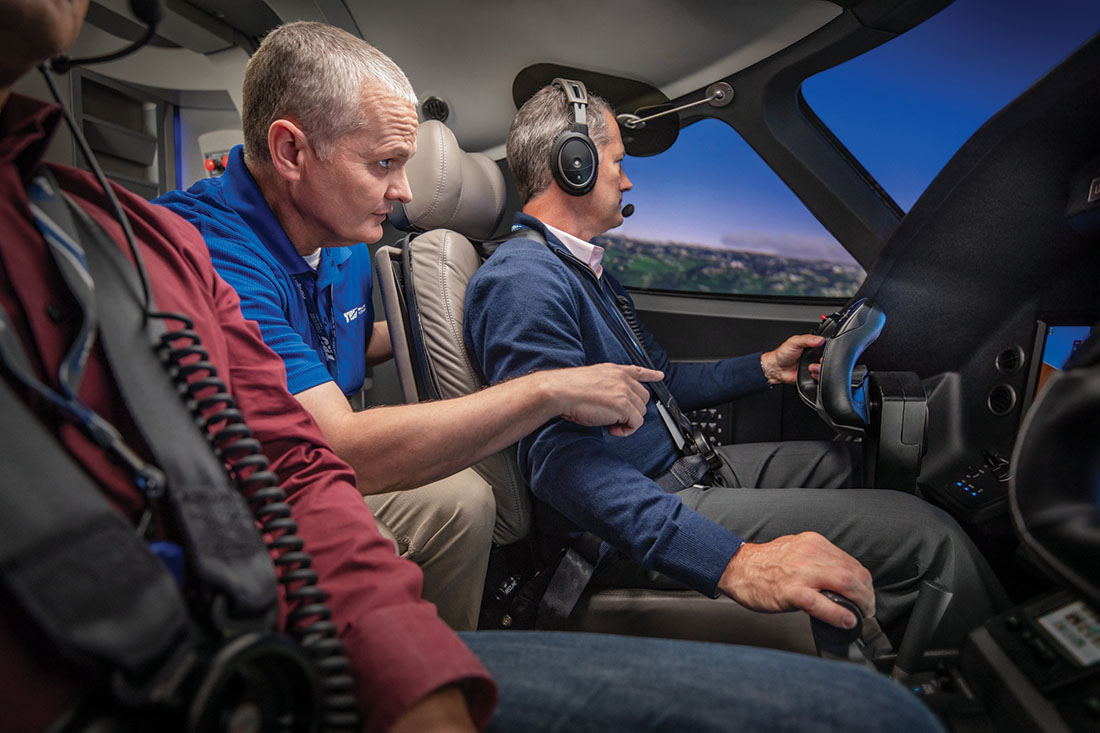
PRICE RANGE
The price range for a Level-D FFS varies based on the complexity and configuration. While simulator components such as the motion system, control loading, visual system and instructor station make up much of the costs, it’s the aircraft model and avionics that drive the biggest variations in the pricing. Similar to aircraft pricing, optional equipment and other add-ons can also affect the cost of the simulator.
Let's Work Together
TRU Simulation™ collaborates with you to select the right simulator solution — or combination of solutions — to fit your organization.
Get Started